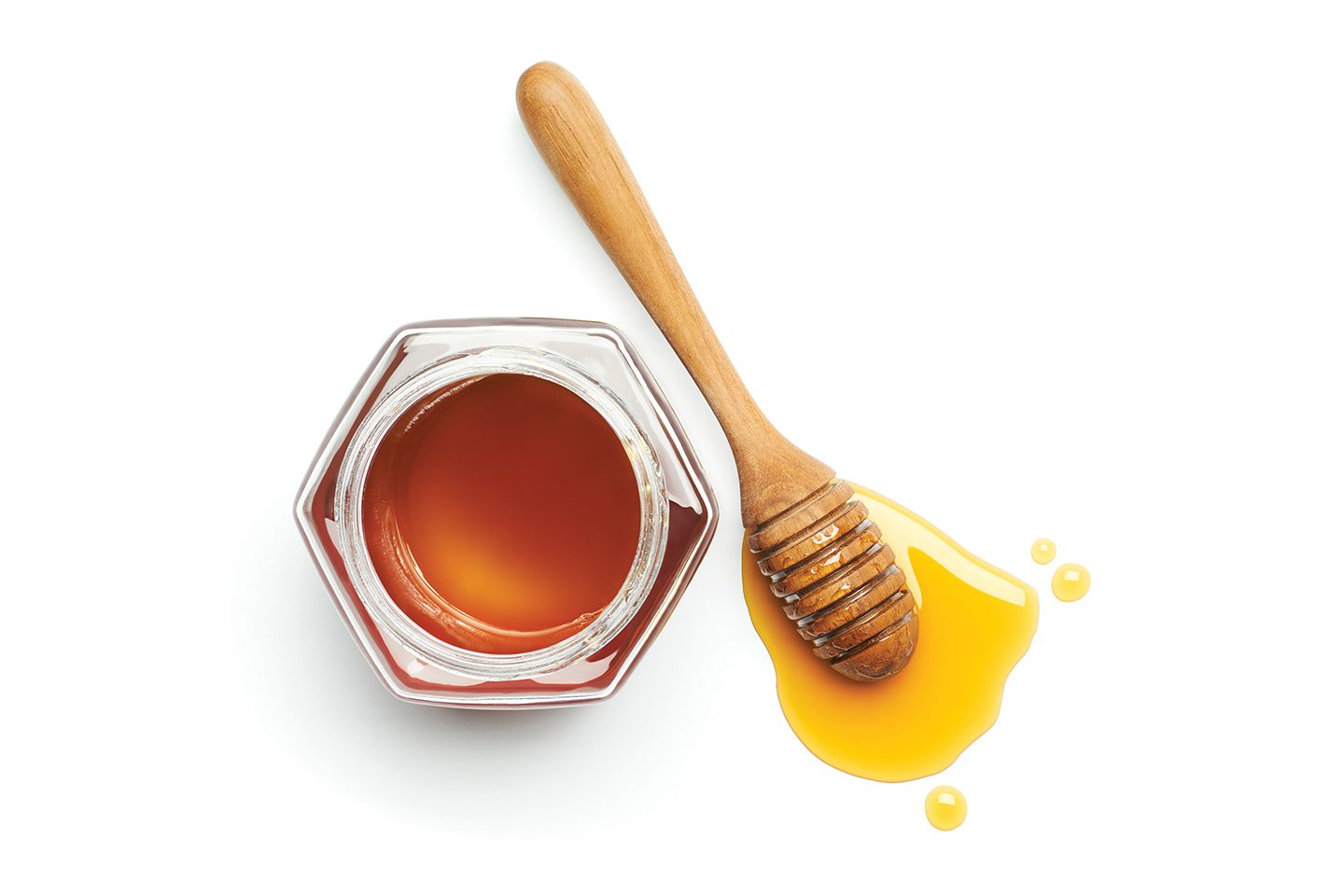Advice from Area Health & Wellness Professionals
Q. I’ve been struggling with chronic depression on and off for most of my life. How do I know if ketamine might be a good treatment option for me?
A. Major depression is a very serious issue and is the leading cause of disability, impacting more than 16.1 million adults in the United States. There are several options for someone suffering from depression: therapy, medication, Transcranial Magnetic Stimulation (TMS), ketamine, and other complementary and alternative treatments like yoga. Ketamine is not considered a first-line treatment and is recommended to those who have failed two forms of treatment. This is referred to as treatment-resistant depression (TRD). Unfortunately, 2.8 million adults in the United States struggle with TRD annually. Esketamine has been approved by the FDA to treat TRD marketed under the name Spravato. Ketamine generically can also be used off-label with IV infusions to treat TRD. This practice is done under the care of physicians or certified registered nurse anesthetists. It is recommended that a mental health professional be present during the infusion. Studies have shown extraordinary results in the treatment of TRD, leading to the claim that ketamine may be the next revolution in antidepressants.
———————
Q. I have a father who is vaccine-hesitant because of things he’s read online. What can I say to help him understand the importance of a vaccine?
A. The COVID-19 vaccine is our most effective tool in protecting both ourselves as well as our friends and family. Around 90% of those hospitalized or dying from the virus are unvaccinated. Advancing age is a risk factor for more severe infections. While the vaccine prevents infections and likely reduces the spread to others if you become infected, the vaccine’s most significant attribute is its ability to prevent those hospitalizations and deaths related to the virus. As more and more people are vaccinated, the virus has less opportunity to spread from person to person and mutate (this should reduce the risk of future surges). Almost 4 billion people worldwide have received a dose, and the safety profile is excellent. Communities with higher vaccination rates and better adherence to the CDC’s mitigation strategies have fared far better than those that have not widely adopted these recommendations.

Q. My 6-year-old gets extremely anxious around needles when we bring her in for physicals. Is there anything we can do to make the experience better for her?
A. My own 6-year-old recently surprised us by eagerly jumping up at her pediatrician’s office to get her flu vaccine. This was a first for her, but now none of my children fear vaccines. Here are some tips that I have used to try to improve their experience with needles. First, always explain that the shot is there to keep them as healthy as possible. Be honest that the shot might hurt but will be over quickly. Never use an injection as a threat of punishment. Be encouraging, calm, and supportive during and after the appointment. Topical numbing creams can be prescribed ahead of time to help calm the fear of pain from the injection or applied in the office if available. Allow the child to sit up for the injection rather than being forced to lie down. Whenever possible, families should get vaccines together. Doing this will allow parents and older siblings to act as role models and help turn a scary, solo vaccination into a routine family event.
———————
Q. Who is on a hospice team? What different kinds of care are given?
A. Hospice is a service provided by a team of healthcare professionals with the singular goal of providing the best quality of life for the rest of your life. The hospice team is made up of a medical director, primary care nurses, hospice aides, spiritual care counselors, social workers, and volunteers. These care team members look after the physical, mental, and spiritual well-being of both the patient and loved ones.
There are different levels of care with hospice: routine home care, respite care, general inpatient care, and continuous care. The hospice care team will determine a plan of care that best fits the patient’s and family’s needs. You should always talk with your hospice provider regarding end-of-life goals to make sure the patient, family, and provider are on the same page.
Q. Is it true that eating local honey can improve my seasonal allergy symptoms?
A. While it tastes great, there have been no scientific studies showing that local honey is any more effective in treating allergies than a placebo. Local and unprocessed honey does contain small quantities of pollen from flowers where the bees live, but the pollen in flowers is not what we are allergic to. Allergy sufferers are allergic to airborne tree pollen in the spring, ragweed in the fall, and grass pollen in the summer, which is not found in local honey. It is also important to remember that you should not give honey to children below one year of age because of the risk of botulism, a severe form of food poisoning.







